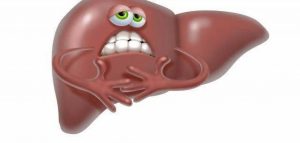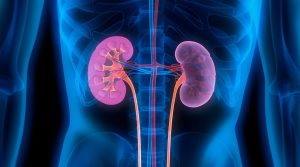The classic allergy symptoms are, for the most part, familiar to everyone. But not everyone knows that pathology can proceed in a more “cunning” and dangerous – edematous form. So what is angioedema? And what are its signs?
What is angioedema
In a broad sense, angioedema (ANO), also known as “Quincke’s edema”, is a type of allergic reaction, but it is realized in deeper layers of tissues. And the basis of such a reaction is the hyperreactivity of some representatives of the immune system, namely, mast cells (mast cells).
Upon contact with an allergen, these cells lightning fast eject into the “target” tissues a number of biologically active substances, which also rapidly provoke:
vasodilation
and increasing their permeability.
What “clearly” manifests itself as edema. And, depending on the “point of application” and the degree of severity, it can be relatively safe or life-threatening.
How ANO “looks like”
The greatest accumulation of mast cells is observed in the “places” of direct contact of body tissues with the environment, which, normally, serves as one of the links of immune “surveillance”.
Therefore, the highest concentration of mast cells is observed at the level of the skin and mucous membranes, especially the respiratory and digestive systems. And ANO is developing precisely in these areas.
Absolutely any allergen can become a provocateur of edema, but reliably more often – drugs and anesthetics, insect bites and chemicals (dyes for permanent makeup and others).
And the characteristic features of ANO are:
rapid growth (within a few minutes and hours),
density (does not leave “pits” when pressed),
feeling of “fullness”
as well as the absence of itching and redness.
The face (usually lips and eyelids), extremities, genitals, larynx and bronchi, as well as digestive organs can get hit by mast cells.
At the same time, if in the case of skin, ANO rarely poses a threat to life, then at the level of the respiratory tract it can result in suffocation.
At the level of the digestive system, angioedema is accompanied by spastic abdominal pain, diarrhea, nausea and even vomiting, which may resemble some surgical (appendicitis and others) or infectious pathologies.
At the same time, without treatment and threat to life, the symptoms of ANO disappear without a trace within 8-72 hours.
When to check
“Full” angioedema on the face and extremities, as a rule, is not in doubt. And laboratory diagnostics serves only to confirm the diagnosis.
However, it is not uncommon for ANO to be worn out and / or mimic a number of other diseases.
A blood test for tryptase (one of the most stable mast cell enzymes) should be done if:
Was diagnosed with Quincke’s edema (it is better to donate blood within 1-2 days from the moment the edema develops)
characteristic swelling occurs not for the first time and cannot be due to other reasons,
periodically there is sudden abdominal pain and stool disturbances that disappear after a few hours,
disturbed by regular “attacks” of shortness of breath and wheezing, which have not received any connection with any diseases,
and in more rare cases – episodes of sudden “drop” in pressure and dizziness, not associated with cardiovascular, neurological or any other pathology.
At the same time, it is worth remembering that the level of tryptase in the blood quickly returns to its “starting position”, therefore, it is necessary to take an analysis exactly at the moment the indicated symptoms appear or edema itself.
An increase in tryptase https://en.wikipedia.org/wiki/Tryptase levels indicates the allergic nature of the symptoms and requires the consultation of an allergist.
And in some cases, it may also indicate mastocytosis (an abnormal increase in the number of mast cells).



